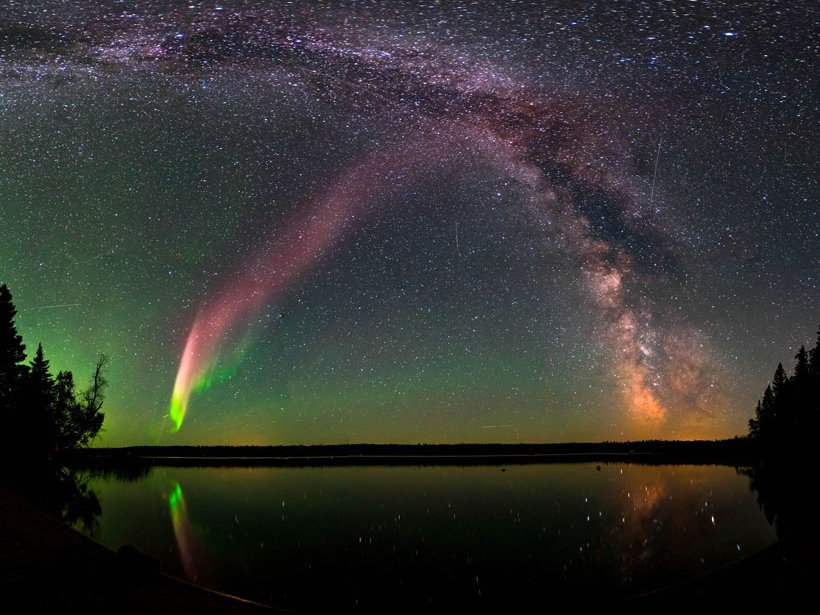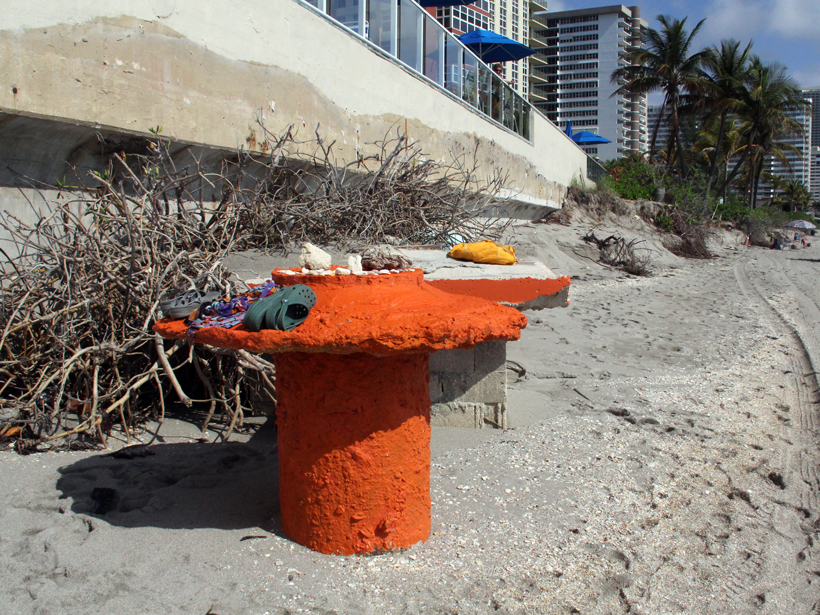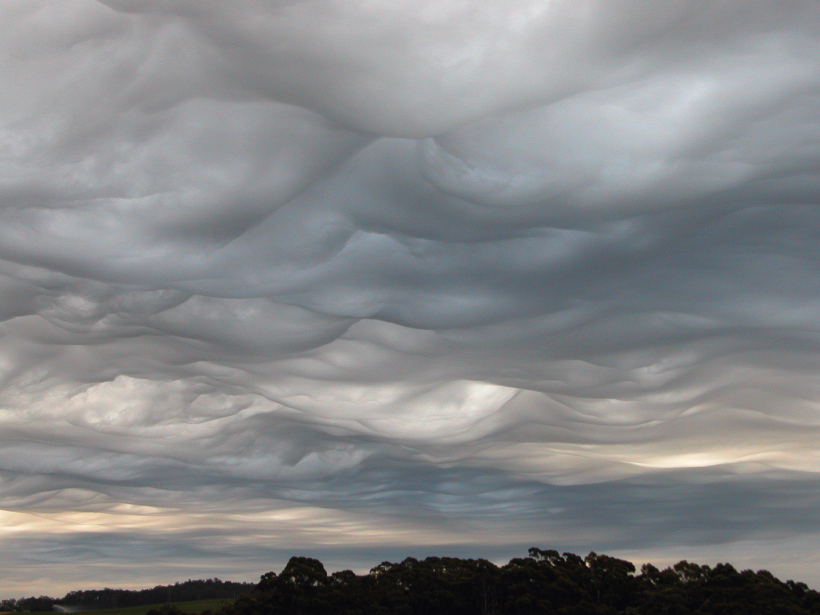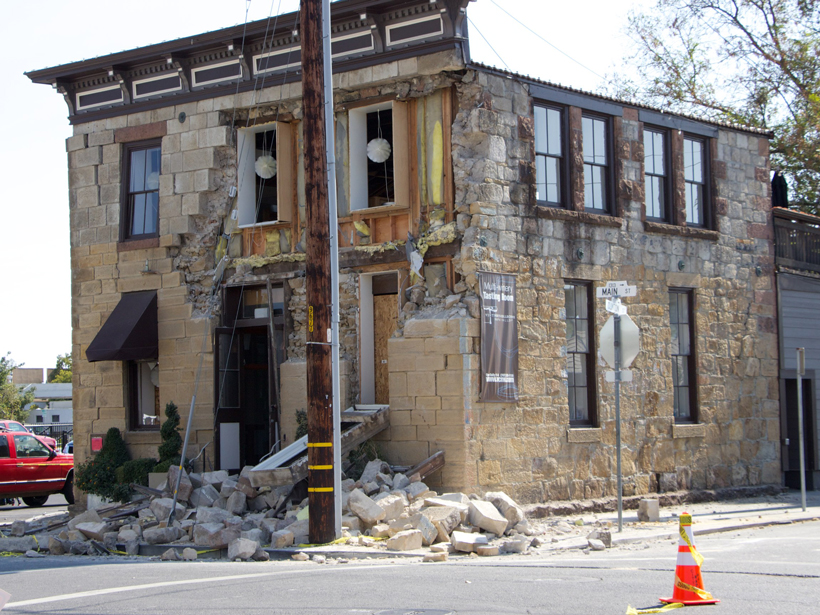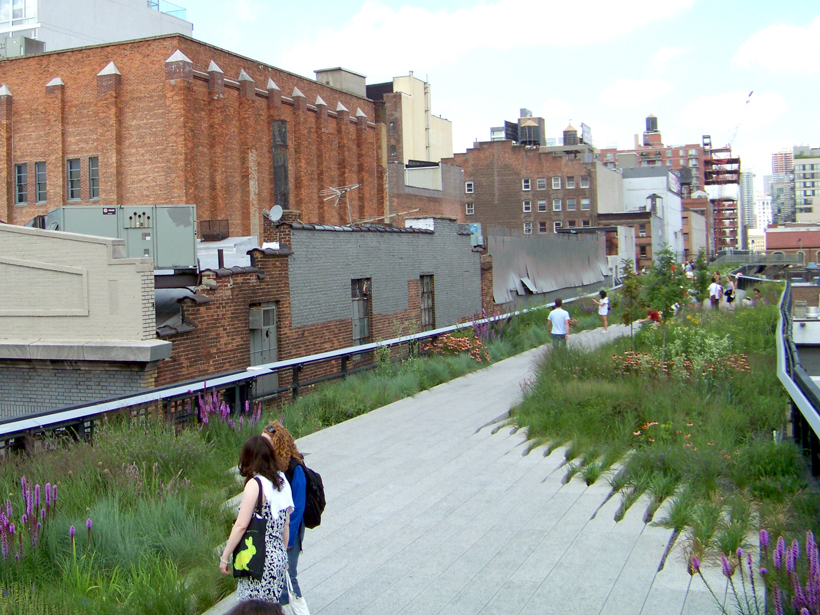Citizen scientists keep a watchful eye on the world’s streams, catching intermittent streams in action and filling data gaps to construct a more complete hydrologic picture.
crowdsourced science
An Aurora of a Different Color
Meet STEVE, a purple and green, low-latitude, aurora-like phenomenon whose inner workings were uncovered with the help of citizen scientists.
Satellites and Cell Phones Form a Cholera Early-Warning System
A new initiative combines satellite data with ground observations to assess and predict the risk of cholera outbreaks in Bangladesh’s vulnerable populations.
Communities and Experts Collaborate for Climate Resilience
The Resilience Dialogues program provides resources and expertise to help communities build individualized plans for resilience in the face of climate change.
Novel Air Pollution Study Gauges Individual Cyclists’ Risks
By attaching an array of instruments to bike commuters in New York City, researchers aim to evaluate ambient pollution amounts and doses at the level of an individual cyclist.
Science Explains “Rough and Chaotic” Cloud Feature
Research on the newest entry in the International Cloud Atlas produces insights into what these cloud features are made of and how they form.
Activists Set Out to Save Data, One Byte at a Time
Leaders of the DataRefuge movement hope that volunteer efforts across the country can stop government data from disappearing.
Overlooked Data Source Improves Quake Intensity Maps
A new approach may fine-tune estimates of the range of shaking from earthquakes and help define areas of potential damage.
AGU's Thriving Earth Exchange Links Science with Small Towns
Scientists and students collaborate with communities to create a greener municipal building in Midway, Ga., and assess residents' vulnerability to warming climate in Brookline, Mass.
Whiskers on Familiar Crystal Revealed as New Mineral
A 14-year-old girl's chance encounter with a random sample of tanzanite led scientists to find an entirely new mineral.


